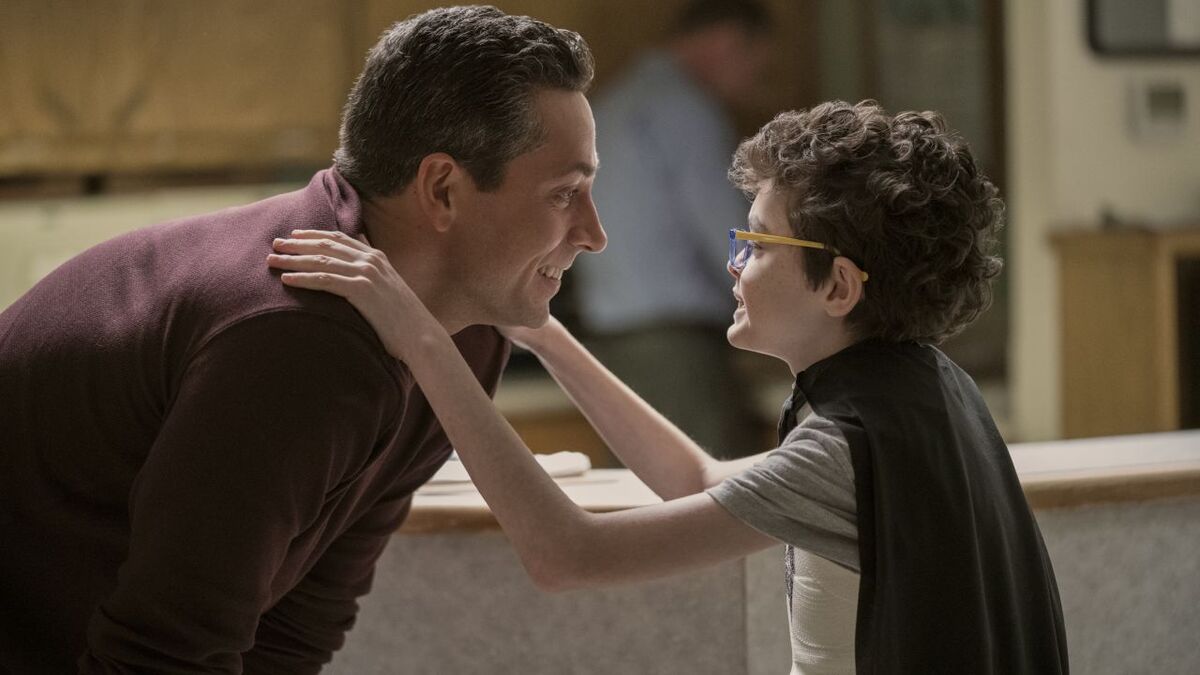
Joel and Ethan Coen, despite the fact that they are a duo, are a singular force in modern cinematic history. That is to say, if you’ll forgive the grammatical confusion, there is only one Coen Brothers. Their outstanding 1996 film is equally singular, despite the fact that there is now a fantastic TV series that shares both its title and geographical setting: FX’s Fargo.
The similarities between the two works stand out enough to give the unacquainted observer a reasonable amount of pause. We’re in a period of film and television history where direct remakes are going out of fashion, but fresh takes on older stories are becoming more and more in vogue, whether they’re the evil Maleficent, the troubled Norman Bates or the up and coming Commissioner Gordon. The surge in this type of adapted storytelling gives rise to a certain skepticism that would caution against diving into a series like Fargo, which assumes a Coen-like affinity for dark humor, their exaggerated depiction of “Minnesota Nice” crossed with a mixture of suspense and startling violence, and even the original film’s opening disclaimer is repeated, with the mostly false assertion that the story is based on real life events.
The show was developed by Noah Hawley, who has referred to the series as “No Country for Old Fargo,” a revealing statement that acknowledges the influence of more than just one Coen brothers film in his vision for Fargo (it should be pointed out that Joel and Ethan are credited as executive producers on the show, yet have reportedly provided no input into its development). Hawley seems to have been inspired by a number of films here. No Country for Old Men offers an interesting comparison between the villainous Anton Chigurh and Fargo’s menacing Lorne Malvo, played by Billy Bob Thornton (he certainly provides a worthy counterpart to Javier Bardem’s weird haircut). At times, the show’s mood feels more like Blood Simple, with a few violent surprises providing a general sense of fear for the final third of the pilot episode. The 1996 film saw exceptional characterizations by Frances McDormand and William H. Macy, with Allison Tolman and Martin Freeman seemingly picking up where those two left off nearly 20 years ago.
Besides the Coens, however, a key influence on the show also seems to be Alfred Hitchcock, to whom the Coens themselves are often compared, and not just for their noted command over birds. The primary plot introduced in the pilot episode, in a remarkably performed scene between Thornton and Freeman, is a murder plan that begins as a joke and ends with a gruesome punchline.
The two men, Lorne and Lester, are thrown together early on, meeting in a hospital waiting room due to two sets of very different circumstances. I would never have imagined Billy Bob’s Bad Santa and Bilbo Baggins sharing a screen in my wildest dreams, but the two have such contrasting energies that every scene between them immediately bursts with life, beginning with this chance encounter. It’s the type of encounter you’d find in a Hitchcock film like Strangers on a Train: one mild-mannered but profoundly repressed fellow finds himself in a conversation with a brooding menace, and before he knows it is implicated in the death of a member of their small community. This hospital scene is comprised of long takes that may not rival the complexity of a shot from True Detective, but nevertheless give us an interrupted period of time to observe Freeman’s nervous, neurotic energy up against Thornton’s unfeeling, unflinching, unaffected trance-like state.










Published: Apr 16, 2014 02:02 am